Kites are much more than just fun objects carried by the wind, in fact, they hold a special place in the cultural heritage of Japan. From their use in ancestral rites to chase away evil spirits to their role in modern festivities, they embody a fascinating fusion of art, sport, and spirituality.
The history of kite flying in Japan
The kite arrived in Japan in the 6th century, probably introduced by Buddhist monks from China or Korea. These early kites were often used in religious ceremonies to ward off demons and illnesses. Over time, they became popular for leisure, enriching the moments of relaxation of the warrior and aristocratic classes. In the 17th century, the Edo era saw kite flying become a popular pastime among ordinary citizens, giving rise to a variety of shapes and sizes.
Kite making has evolved into a detailed craft involving carefully selected materials like bamboo for the frame and washi paper for the sail. Craftsmen often painted folklore scenes or popular characters on the sails, making each kite unique and often used to convey messages or wishes.

The cultural significance and symbolism of the Japanese kite
In Japan, the kite is not just a toy but a lucky charm which symbolizes luck and well-being. During New Year celebrations, it is customary to fly kites to ward off evil spirits and to attract good fortune for the year to come. This practice highlights the ancient belief in the protective and purifying power of kite flying.
In contemporary celebrations, especially during Kodomo no Hi (Children's Day), kites are used to express parents' hopes for their children to achieve great heights in life. Kite designs, such as the koi, which symbolizes strength and perseverance, are chosen for their auspicious and encouraging meanings.

The Most Popular Kite Festivals in Japan
Here are the 3 most popular kite festivals in the Land of the Rising Sun:
-
Hamamatsu Kite Festival: Held every year in May in Hamamatsu, this festival sees hundreds of large kites launched into the air, as part of festive competitions.
-
Shirone Kite Battle: In Niigata, this unique festival involves kite battles on the river, where teams from each bank pull on strings to bring down opposing kites.
- Great Sagami Kite Festival: This festival attracts kite enthusiasts from all over Japan, who come to admire the enormous traditional kites and acrobatic performances.

The different techniques for making a kite
Making Japanese kites is an art that requires precision and patience. The choice of material is essential: bamboo, light and resistant, is traditionally used for the structure, while washi paper, known for its resistance and lightness, is used to create the sail. The craftsmen must ensure that the kite is not only beautiful but also capable of flying efficiently and safely.
The creation process can vary from a few days to several months, depending on the complexity of the design and the fineness of the details. Larger, more ornate kites, often used at festivals, require a high level of skill and in-depth knowledge of flight dynamics.

The different styles of kite
There are 3 main styles of kite, here they are:
-
Rokkaku: Hexagonal kites traditionally used for kite fighting, known for their stability and ability to rise to impressive heights.
-
Yakko: Small rectangular kites, often decorated with folkloric figures or nature scenes, popular for family fun.
- Edo Kaku Daku: Large square kites from Tokyo, famous for their elaborate paintings representing warriors, mythical heroes, or landscapes.

You will have understood, in Japan, kite flying is much more than a simple pastime; it is a window on the history, culture and spiritual values of the country. Through its various forms and manifestations, the kite continues to be a symbol of joy, community and aspiration, capturing the imagination of people of all ages.














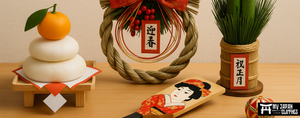
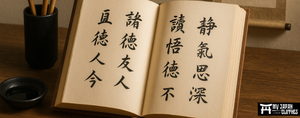
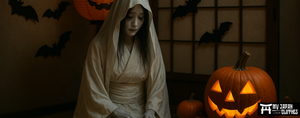
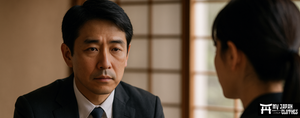

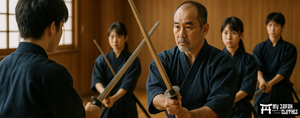


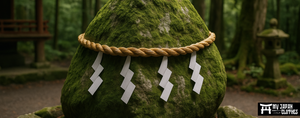
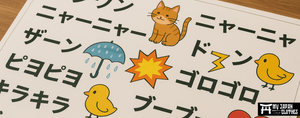
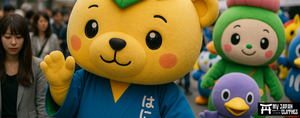

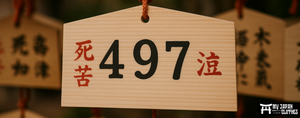
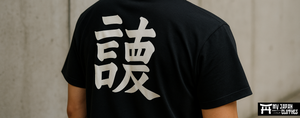
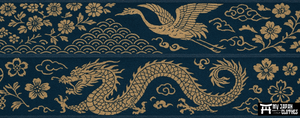





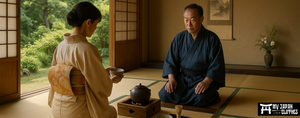
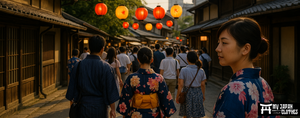
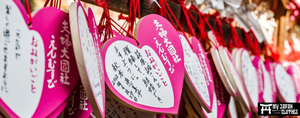

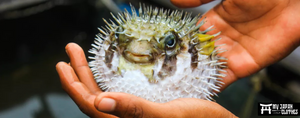

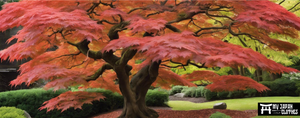
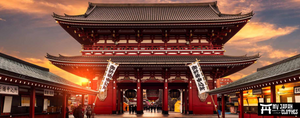
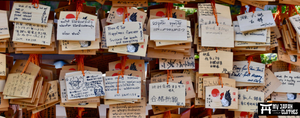

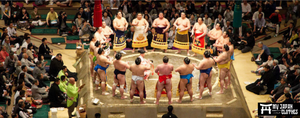

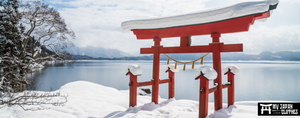




Leave a comment